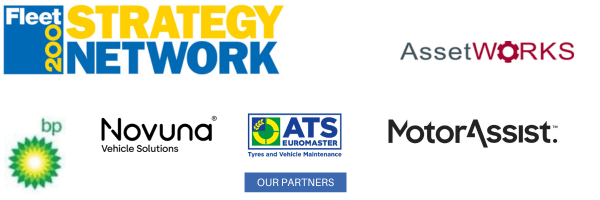Fleets need better reporting and statistics on road traffic accidents to fully understand the scale of the problem and improve driving standards.
It should be addressed to the same degree as workplace accidents, fleet decision makers in a table debate at the meeting of the Fleet200 Strategy Network in May.
During the hour-long debate they highlighted the impact of road incidents on personal and company costs - including the financial strain on families - and the high insurance costs.
They emphasized the importance of driver training and familiarization with routes.
The conversation also covered the role of technology, such as sat nav and autonomous safety features, in both improving safety, but also potentially causing complacency.
Additionally, the discussion touched on the benefits of using public transport over long distances, citing cost-effectiveness and reduced stress.
Key strategies to promote safe driving behaviors highlighted by the discussion:
Fleets need better reporting and statistics on road traffic accidents to fully understand the scale of the problem and improve driving standards.
It should be addressed to the same degree as workplace accidents, fleet decision makers in a table debate at the meeting of the Fleet200 Strategy Network in May.
During the hour-long debate they highlighted the impact of road incidents on personal and company costs - including the financial strain on families - and the high insurance costs.
They emphasized the importance of driver training and familiarization with routes.
The conversation also covered the role of technology, such as sat nav and autonomous safety features, in both improving safety, but also potentially causing complacency.
Additionally, the discussion touched on the benefits of using public transport over long distances, citing cost-effectiveness and reduced stress.
Key strategies to promote safe driving behaviors highlighted by the discussion:
1. Implement stricter guidelines on the use of mobile phones
- Ban phone use while driving, including hands-free
- Encourage employees to pull over or wait to respond to messages
- Create a culture that respects employees' safety over the pressure to immediately respond to calls or incoming messages.
2. Provide comprehensive driver training:
- Focus on drivers becoming familiar with regular routes
- Teach methods to manage driving stress
- Educate drivers on the risks of distracted driving, including phone use and tiredness.
3. Establish clear accountability:
- Develop a top-down safety culture where leadership adopts safe driving methods
- Create reporting mechanisms for road incidents, and approach them with the same focus as workplace accidents
- Implement consequences for safer driving policy violations.
4. Recognise the advantages offered by technology:
- Use fleet management systems to track and encourage safe driving
- Consider telematics to monitor driving behaviors
- Provide vehicles with advanced safety features (ADAS).
5. Promote the use of alternative transport where appropriate:
- Encourage use of public transport for longer trips
- Support remote meeting options
- Reimburse train/alternative travel when practical.
6. Regular safety communication:
- Conduct periodic safety workshops
- Share statistics and personal stories about driving risks
- Create an ongoing dialogue about safe driving practices.
Login to continue reading.
This article is premium content. To view, please register for free or sign in to read it.


















Login to comment
Comments
No comments have been made yet.